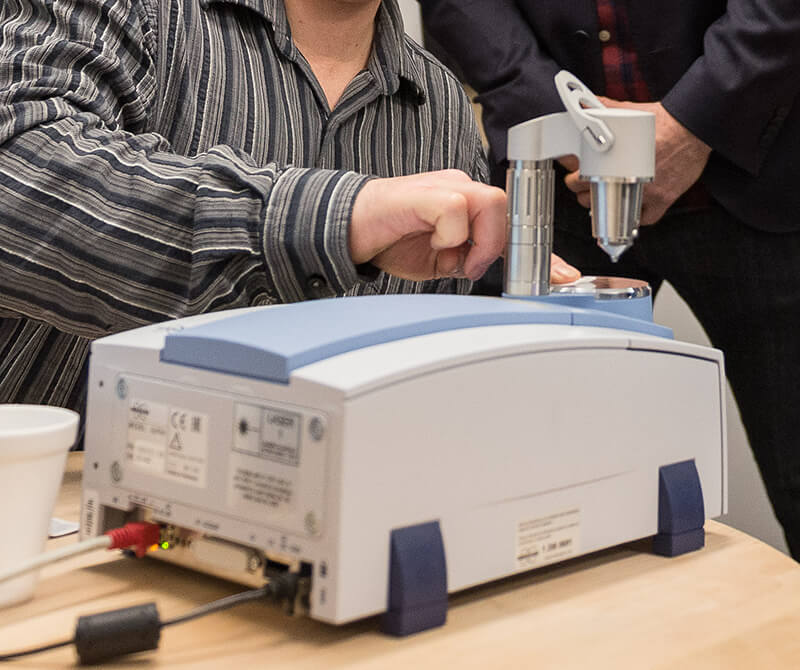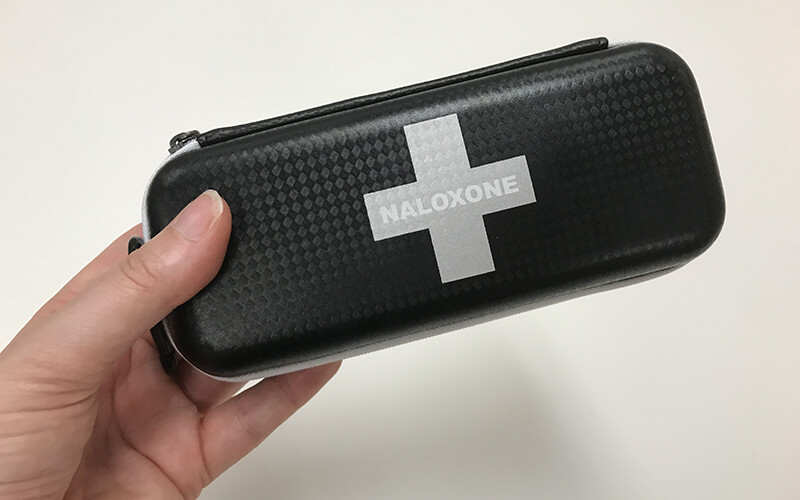Decriminalizing people who use drugs
Addiction is a health issue, not a criminal one. Decriminalizing people who use drugs is one of the many actions B.C. is taking to respond to the toxic drug crisis that is killing our loved ones, so people live to get the care they need – from prevention and harm reduction to treatment and recovery.
The goal of decriminalizing people who use drugs is to reduce stigma and fear of criminal prosecution that prevents people from reaching out for help, including medical assistance.
Currently in B.C.:
- Public drug use is illegal. People are not allowed to use or possess illicit drugs in public spaces, such as hospitals, businesses, transit, and parks.
- Adults can legally possess small amounts of some illicit drugs (opioids, cocaine, meth and ecstasy) for personal use in specific places including private homes, shelters, and outpatient addiction, overdose prevention and drug-checking service locations.
To learn more, visit gov.bc.ca/decriminalization.
Download the Mental Health and Substance Use Data Snapshot PDF
Drug checking
There are a number of drug-checking services throughout the province to help people learn what is detected in the substances they are taking to reduce the risk of drug poisoning and connect them to supportive services.
There are many Fourier Transform Infrared (FTIR) spectrometers for drug checking in B.C. in all health authorities across the province, as well as three additional instruments owned by the BC Centre on Substance Use.
As of February 2024, people can access 119 sites to drop off samples for testing; 57 sites offer immediate point of care results at least one day per week. At the other 62 distributed sample collection sites, people can leave drug samples to be tested at the closest location with an FTIR spectrometer and receive results as soon as available (within a few days or up to a week).
These sites are in every health region.
In addition, Government has invested in HarmCheck, a cutting-edge enhanced drug-checking technology developed by Vancouver Island University that helps people have even more accurate information about what substances they are taking, further helping to reduce the risk of drug poisoning.
A full list of drug checking sites across B.C. can be found here.

Overdose prevention and supervised consumption services
Toxic drugs are killing people and hurting communities. It can’t go on like this. To save lives and reduce the risk of toxic drug poisonings, B.C. has rapidly expanded access to overdose prevention services, as well as inhalation services, in communities hardest hit by the drug-poisoning crisis.
Overdose prevention and supervised consumption sites save lives, reduce the risk of toxic drug poisonings and connect people to lifesaving supports. Every contact an individual has with these services is an opportunity to connect that person with healthcare, with social services and housing and with treatment options.
People can access services at 50 sites as of December 2023, including 22 sites to access inhalation services.
There have been millions of visits to overdose prevention services and supervised consumption sites and thousands of overdoses responded to and survived.
Tailgate Toolkit
Toxic drugs are killing people and hurting communities. The numbers show that men – and in particular men working in the trades – are disproportionately impacted by this crisis. It can’t go on like this.
That’s why Government is taking action to help people in trades to stay safer, which includes the Tailgate Toolkit. The Tailgate Toolkit is a successful harm reduction program piloted by the Vancouver Island Construction Association, so it can reach construction and trades across B.C.
The program teaches people about the risks of using drugs alone, pain management options, drug poisoning prevention, and access to treatment. It also encourages conversations that help reduce the stigma associated with substance use and encourages people to access life-saving supports. Because addiction is a health issue not a criminal justice one.
For more information, visit The Tailgate Toolkit – You Deserve the Right Tools.
Take home naloxone
Demand for Take-Home Naloxone (THN) kits remains high. Since the program started and as of June 2023, nearly 2 million THN kits have been shipped and 153,148 have been reported as used to reverse a drug poisoning. THN kits are available at more than 2,204 locations, including 860 community pharmacies in B.C.

Lifeguard app
The Lifeguard app is a life-saving tool that allows users to get help fast if an overdose occurs.
The App is activated by the user before they take their dose. After 50 seconds the App will sound an alarm. If the user doesn’t hit a button to stop the alarm, indicating they are fine, the alarm grows louder. After 75 seconds a text-to-voice call will go straight to 9-1-1, alerting emergency medical dispatchers of a potential overdose.
To date, no drug-poisoning deaths have been reported through the app. Lifeguard also now provides drug alerts.

